Tomorrow's coronation route will be brimming with pomp, circumstance and crowds, but what fascinating architectural details might you spot if you look away from the throng?
Let’s take a look at some of the listed buildings along Whitehall that you may never have noticed before (as well as one you might look at differently from now on).
1. Admiralty arch
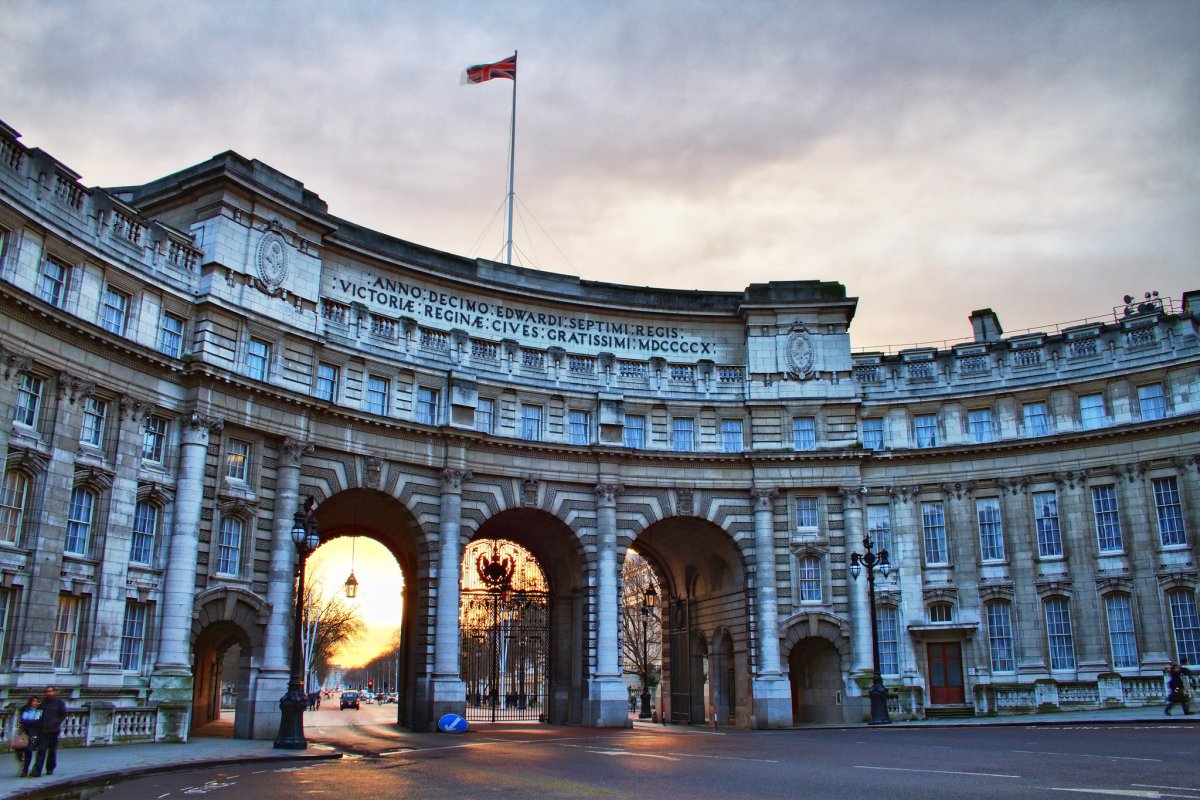
Credit: Thomas Blackwell (CC by SA 2.0)
Admiralty Arch links the Mall to Trafalgar square and is probably one of the most recognised landmarks in London. Despite this, it has a curious feature you might not have spotted. On the inside wall of the northernmost arch, there’s a small nose-like sculpture. It’s sometimes described as a ‘spare nose’ for Nelson’s column, but it’s actually one of seven Soho noses put up by artist Rick Buckley in 1997 as a protest against CCTV on London streets.
The arch is a Grade I listed building adjoining the Old Admiralty Building and was commissioned by Edward VII to commemorate Queen Victoria's death. It was designed by Sir Aston Webb in late Roman Baroque style and built in Portland stone.
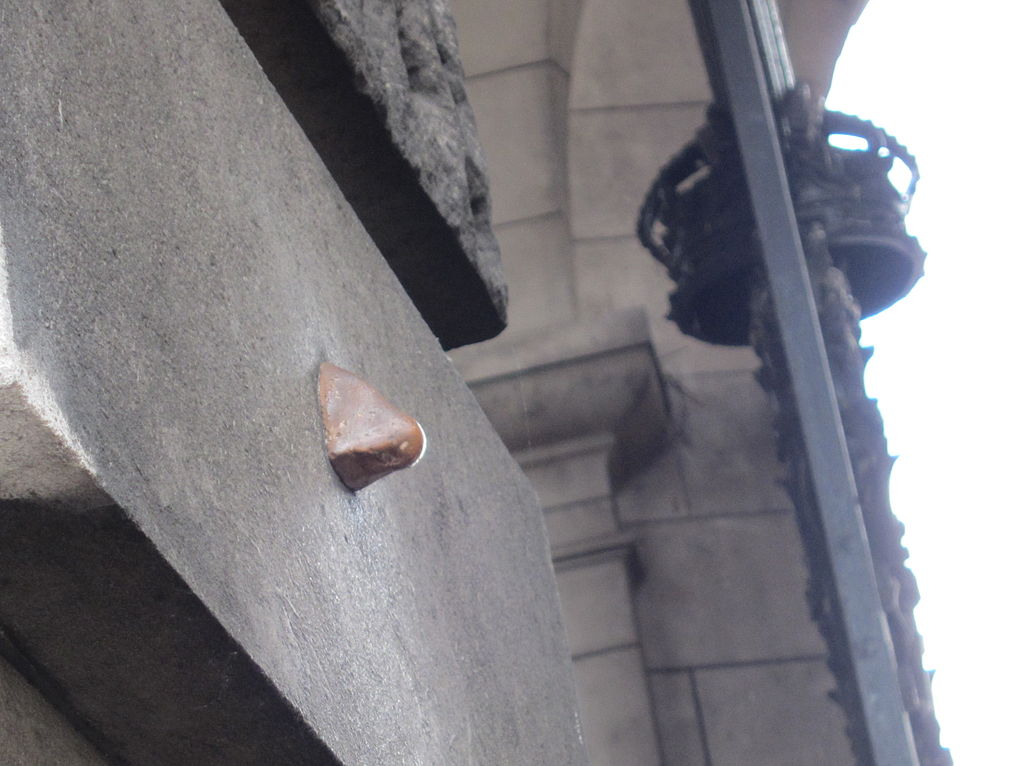
The nose at Admiralty Arch. Credit: Warden Talks (CC by SA 2.0)
2. The Old Shades Pub
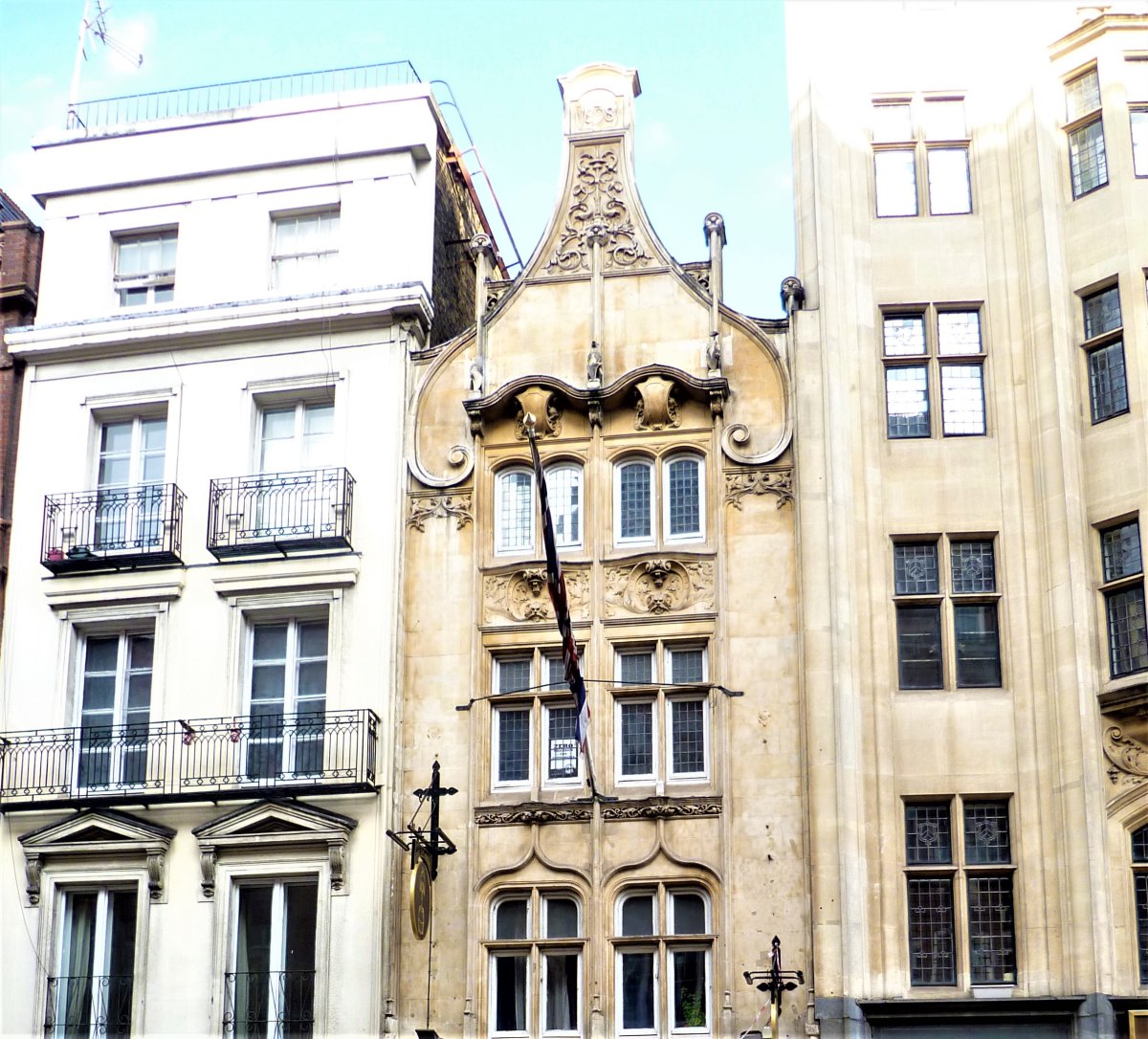
Credit: Philafrenzy (CC by SA 2.0)
Turning past Trafalgar Square and onto Whitehall, you'll find shops, restaurants and a host of old pubs. One of these is the Old Shades, an iconic Grade II listed pub that has been serving up pints since 1898.
Its most striking feature is its tall, narrow, shaped gabled frontage, complete with carved enrichments and delicate sunflower finials. Here you can see architects Treadwell & Martin showing off their distinctive late Flemish-Gothic style, which can also be seen on the Rising Sun in Fitzrovia.
3. Gwydyr House
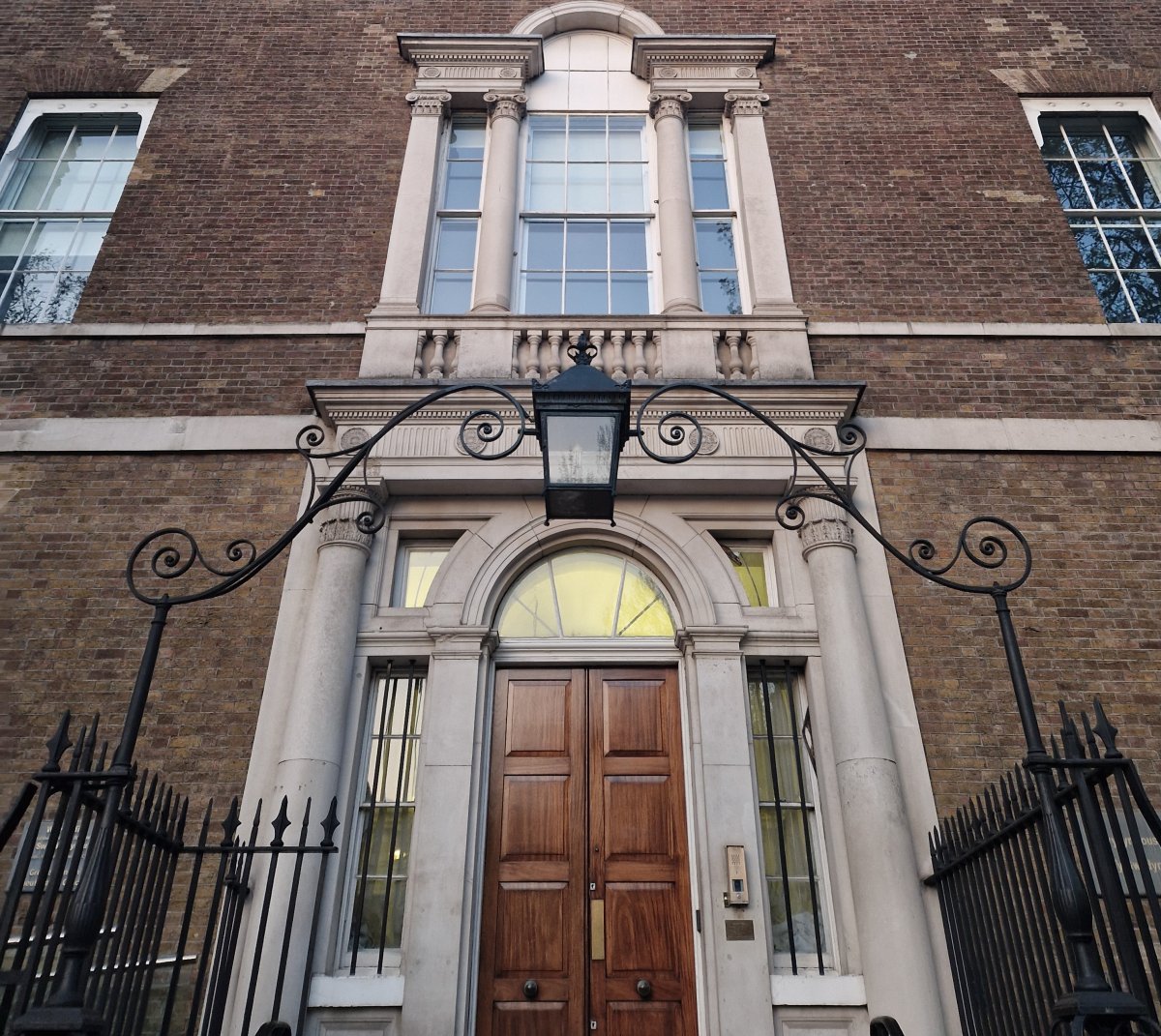
Credit: SPAB
Further down Whitehall you’ll find Gwydyr House, a Grade II* Listed Town mansion, built around 1772 and now used by the Office of the Secretary of State for Wales. This brown brick building with sparse stone dressings and a plain Palladian elevation. Its attic storey was a later addition, in 1886.
One of its most striking features is the beautiful wrought iron railings, which extend into an ornate overthrow holding a large lamp over the stairway. Eagle eyed tourists will spot the ‘link extinguishers’ still fixed to the railings. These small conical shaped metal objects would have been used to snuff out flaming torches which were carried by servants before street lighting was introduced.
4. 53 Parliament Street
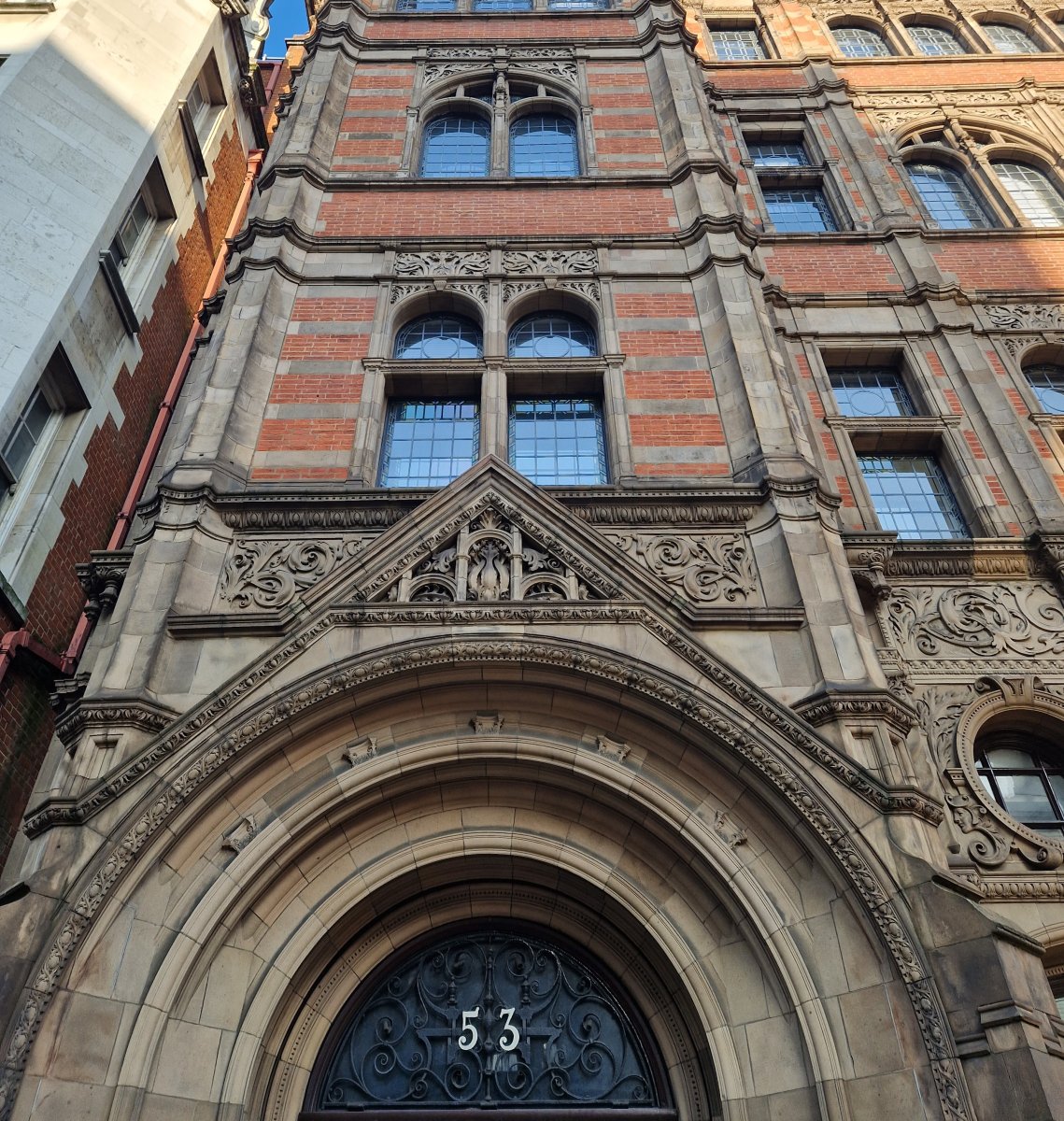
Credit: SPAB
Reaching the end of Whitehall, we find 53 Parliament Street. This distinctive red brick and buff terracotta building was built in the Franco-Flemish Renaissance style, with Arts and Crafts sculptural details. Details include an off-centre cambered arch entrance with moulded enrichments, mullioned windows and enriched entablature over the third floor. These Grade II Listed Offices and chambers were built in 1896, by H Huntly-Gordon, with terracotta work by Leach.
5. St Margaret’s Church
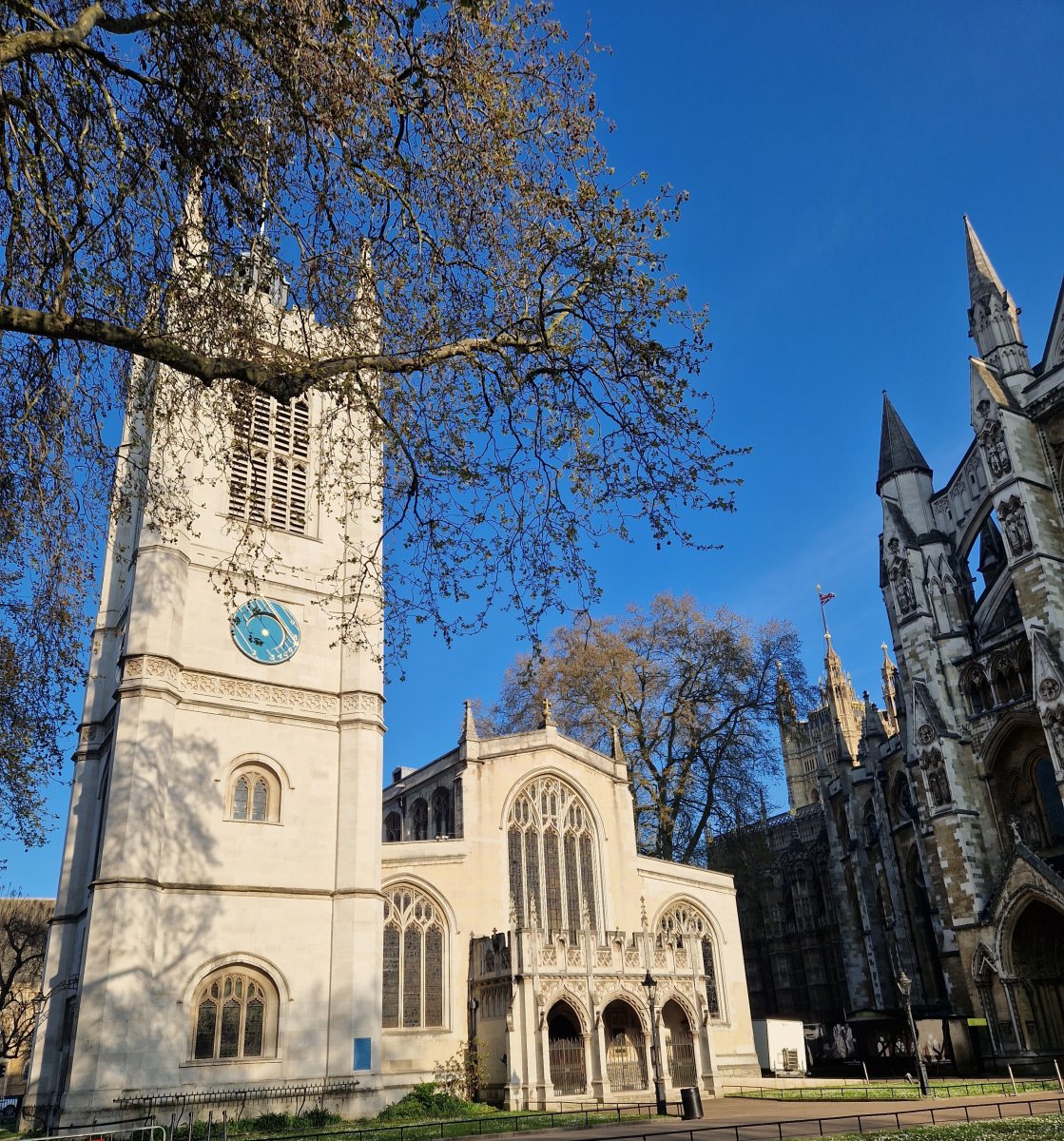
Credit: SPAB
Finally, we reach 12th Century St. Margaret’s, known (for obvious reasons) as ‘the Church on Parliament Square’. Being directly opposite parliament, it’s sometimes called ‘the parish church of the House of Commons’.
It might seem a strange place for a church, being mere footsteps from the Abbey. But the Abbey is actually the reason for its existence: it was built by the Abbey's Benedictine monks as a place for locals to attend mass without disturbing the important rituals taking place next door.
The first church was Romanesque in style, but St Margaret's was almost entirely rebuilt between 1482 and 1523. The structure is still mostly the same, despite undergoing restorations through the 18th, 19th and 20th centuries. You can find beautiful examples of pre-Reformation Flemish glass in the east window above the altar, which commemorates the marriage of Henry VIII and Catherine of Aragon.
